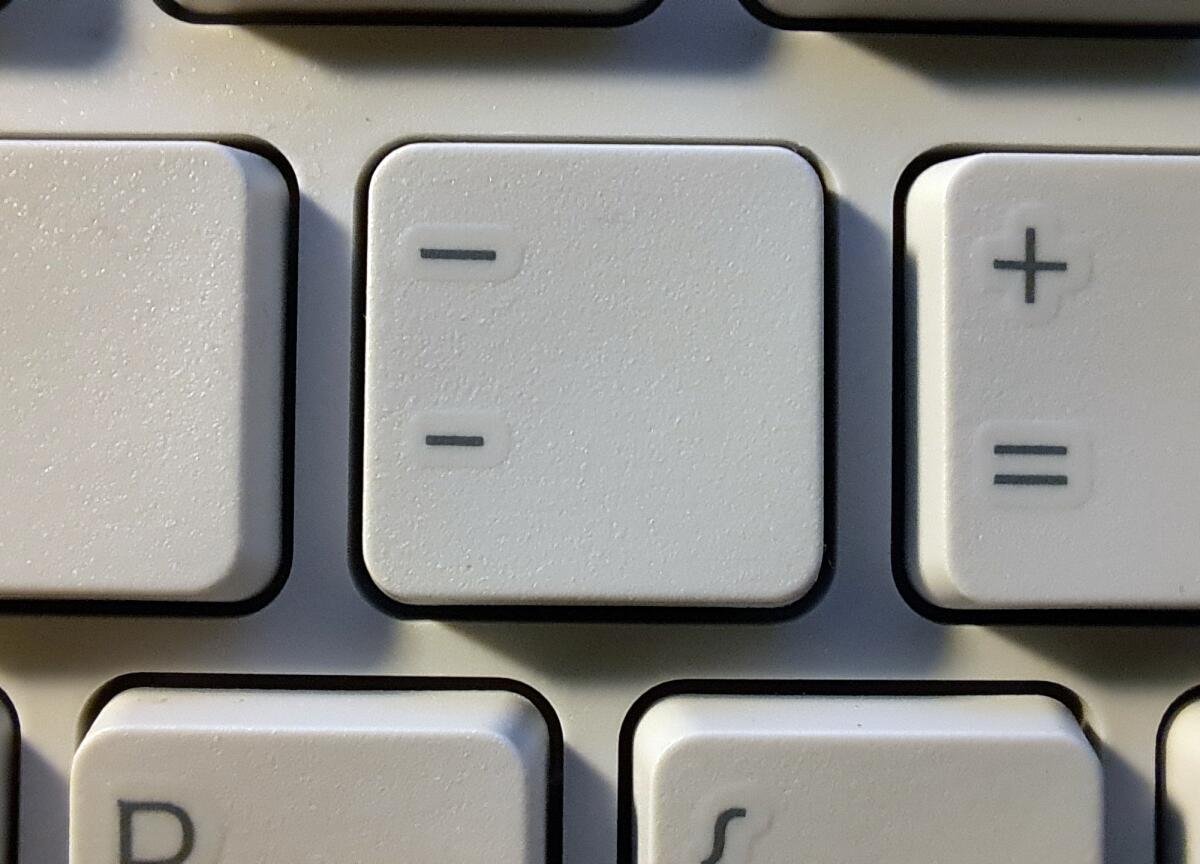If you have been following our blog, you might remember that we mentioned en dashes and em dashes in our article on hyphens. Well, continuing our series on punctuation, we thought it might be a good idea to go over what they are now.
In short, while not often used in everyday writing, em dashes and en dashes are punctuation marks that serve different purposes. Generally, people tend to use hyphens in their place, either because they do not understand how em and en dashes function, or because its simply faster to hit the hyphen key. However, as copywriters, editors, and proofreaders, we want to change that. After all, understanding their proper use can enhance the clarity and effectiveness of your written communication. With that in mind, the following is a brief explanation of each dash and when to use it:
Em Dashes (—):
Em dashes are the longer dashes, typically the width of the letter “M”, hence their name. They are primarily used to indicate an abrupt change or interruption within a sentence. Em dashes can replace brackets, commas, or colons to provide emphasis or create a stronger break, thereby drawing attention to the information they enclose.
Here are two quick examples:
“I finally understood the secret to success—perseverance and hard work.”
“The strategy proposed by the team leader—whose expertise in the field is unquestionable—was met with enthusiasm.”
En Dashes (–):
En dashes are slightly shorter than em dashes and are about the width of, yes, you guessed it, the letter “N”. They are primarily used to indicate a range or connection between two elements, such as numbers, dates, or places. In such instances, en dashes can replace the word “to” or “through” and show a relationship between the two items.
For example:
“The meetings are scheduled every Monday–Friday, from 9 a.m. to 5 p.m.”
“The relevant sections can be found in chapters 7–12, which discuss advanced topics.”
To recap, in the world of writing and editing, em dashes are used for emphasising or creating breaks within a sentence, and en dashes are used to indicate ranges or connections. Remember, it is essential to use these punctuation marks correctly to maintain clarity and coherence in your writing. However, be sure not to overuse them and instead use them sparingly and purposefully to enhance your message and engage readers effectively.
Of course, if all else fails, the team here at English Editorial Solutions is here to help. So, feel free to send us your content and we will be more than happy to edit or proofread it for you.



